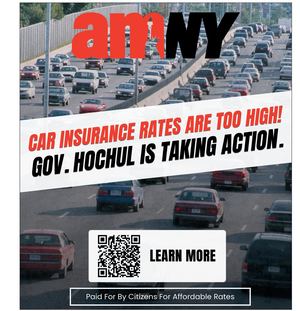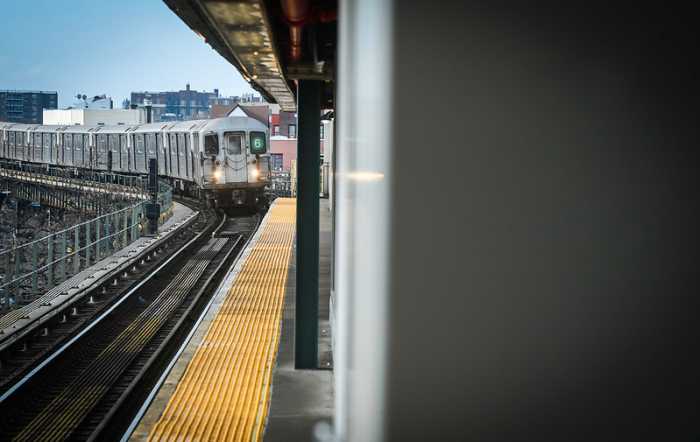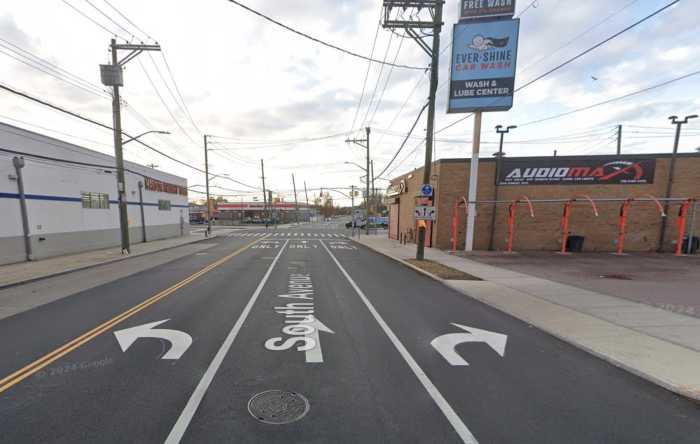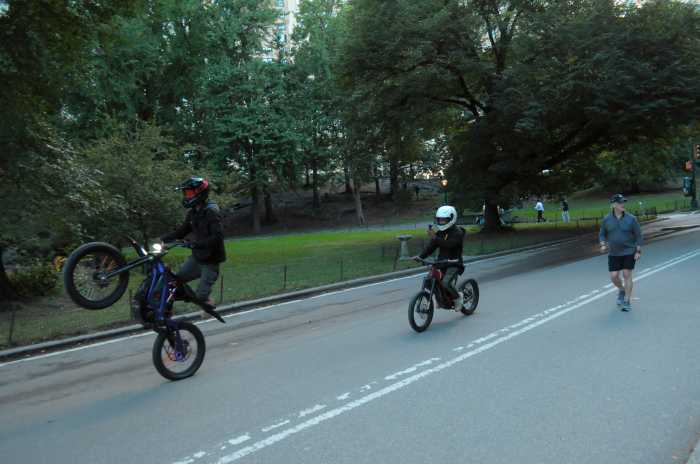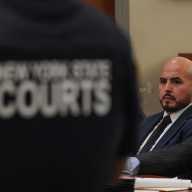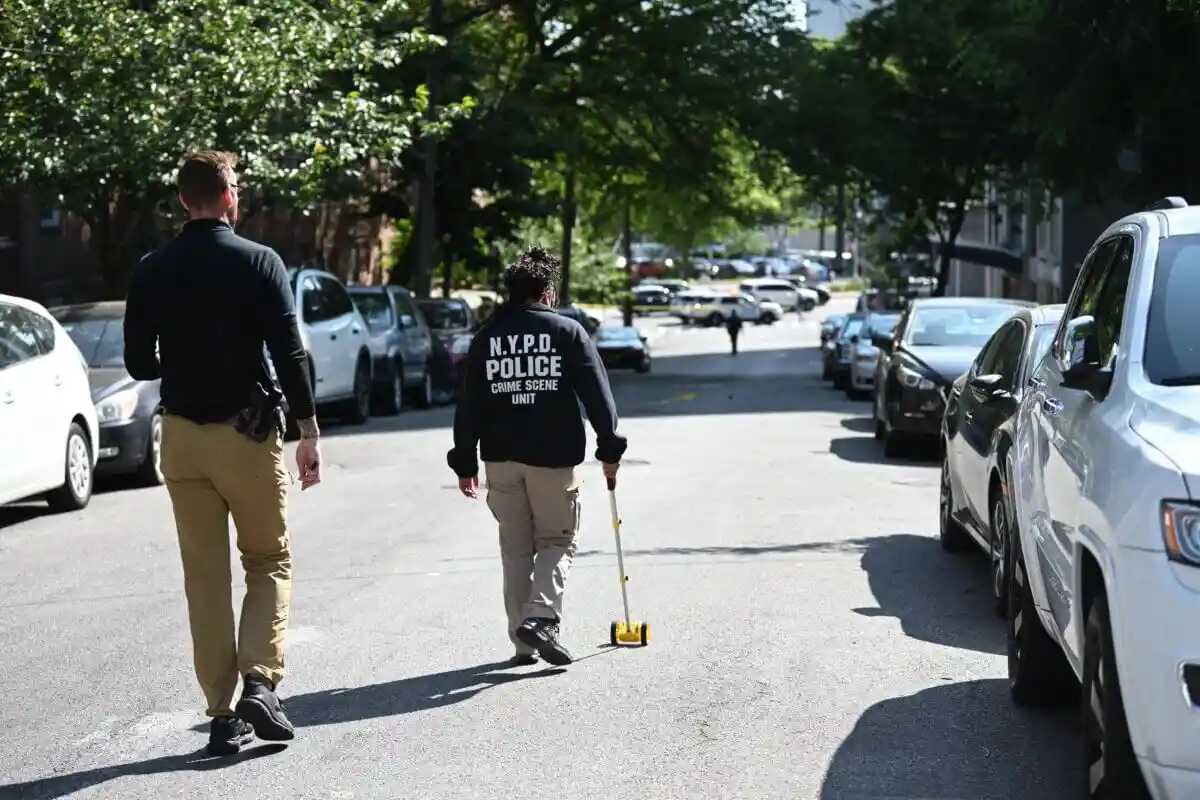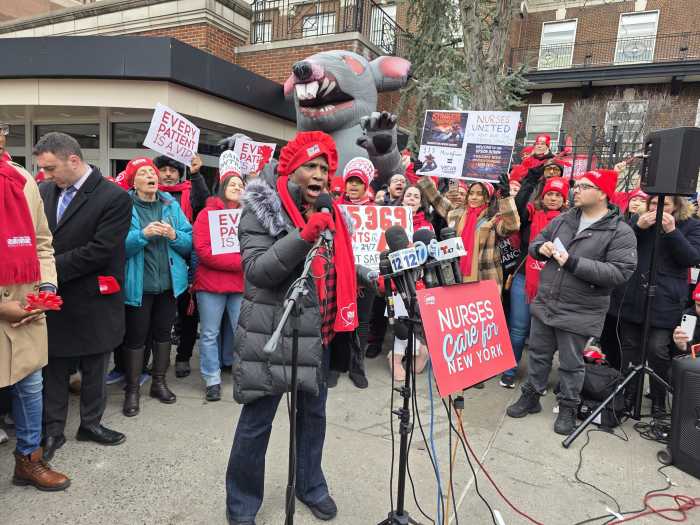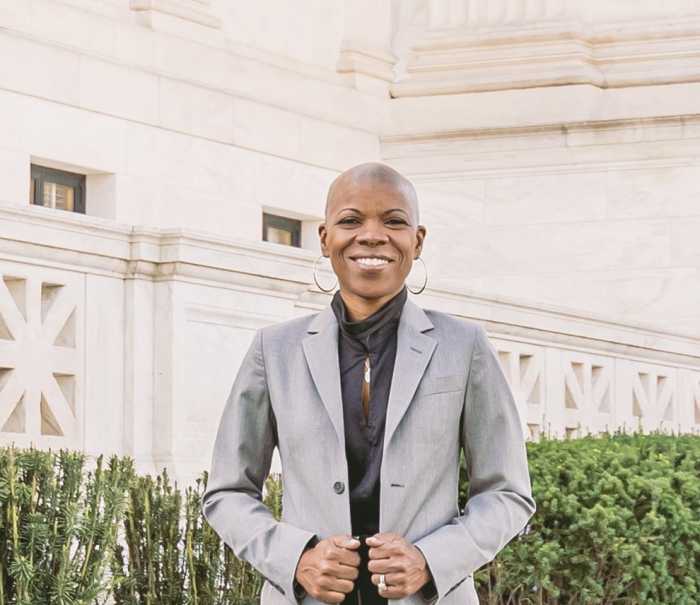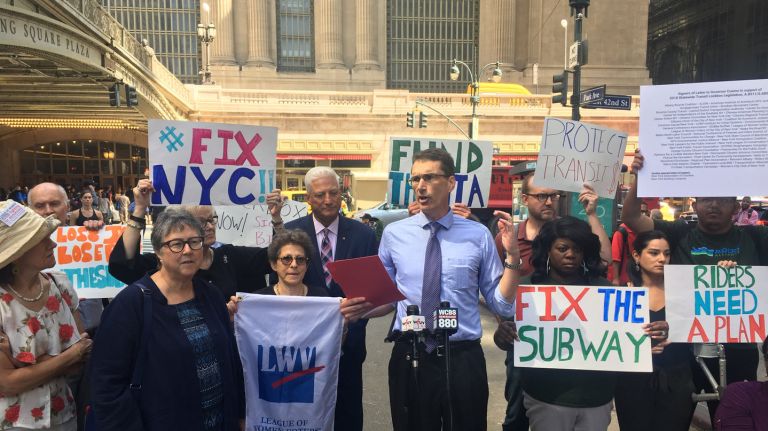
Gov. Andrew Cuomo faced pressure Thursday from government watchdogs, transportation advocates and environmentalists to sign a bill that creates a transit “lockbox” for the struggling MTA.
The bill, supporters believe, will increase transparency and accountability around Albany budgeting by mandating that dedicated funding could only be diverted from public transit systems by way of new legislation and a publicly available “diversion impact statement” outlining the what’s and why’s of the shifting of funds.
“As everyone knows, our transit systems are in a state of crisis, that we need to assure that they’re well-funded and that the public has confidence that the money dedicated to transit goes to transit,” said John Kaehny, executive director of Reinvent Albany.
The nonprofit and other groups, such as the Riders Alliance, have accused the governor of playing “budget games” with the state’s contributions to the MTA — most recently attacking him for moving $65 million in MTA funding from the state’s general fund last year.
Advocates have long eyed so-called lockbox legislation for transit funds that are vulnerable to budget raids. State lawmakers tried but failed to pass nearly identical laws on two occasions within the past seven years.
Cuomo vetoed lockbox legislation in 2013, reasoning at the time that the state “Legislature has not articulated a sound basis to change the current statutory scheme.”
Since, the MTA’s subway and bus systems have spiraled into a service crisis, with riders fleeing increasingly slow and unreliable service. And this June, lockbox legislation passed unanimously in both the Senate and Assembly, with bills sponsored by State Sen. Martin Golden and Assemb. Jeffrey Dinowitz, respectively.
“As we go into this coming year and talk about how to raise billions of dollars we need to fix public transit, this bill underscores a core principle of that conversation, which is the basic responsibility of our state government to seriously address that problem,” said John Raskin, the executive director of Riders Alliance.
A group of 50 advocacy, labor and business groups signed a letter dated Thursday to urge Cuomo to sign the bill.
Dinowitz in a statement urged Cuomo to sign what he said was a “bipartisan, common sense legislation to help stem the hemmoraging of transit resources throughout New York so that we can ensure our money is being spent as intended.”
And Golden, through a spokesman, said the legislation is a way to “ stand up for all those who ride the buses and trains and have been asked to pay more for less service.”
Cuomo’s gubernatorial primary opponent, Cynthia Nixon, has criticized Cuomo’s record on mass transit, and a spokeswoman for her campaign said she supports the current bill.
“There is a sad history of money for transit being funneled to other purposes, most pointedly so under our current governor,” reads Nixon’s campaign website. “Sometimes, that outright shifting of resources is far from the transit system, from the MTA to upstate ski resorts, bridge lights or to plug gaps in the state budget. Revenue streams that were created to pay for transit should be required to pay for transit.”
Peter Ajemian, a spokesman for Cuomo, said that the governor is “currently reviewing this new bill.”
“The governor has taken aggressive action to ensure the MTA has the money it needs to improve service,” Ajemian said in a statement, “including securing full funding for the $836 million subway action plan, investing an historic $8 billion in the MTA capital program and passing the first phase of congestion pricing, which provides a new dedicated revenue stream to the MTA.”
